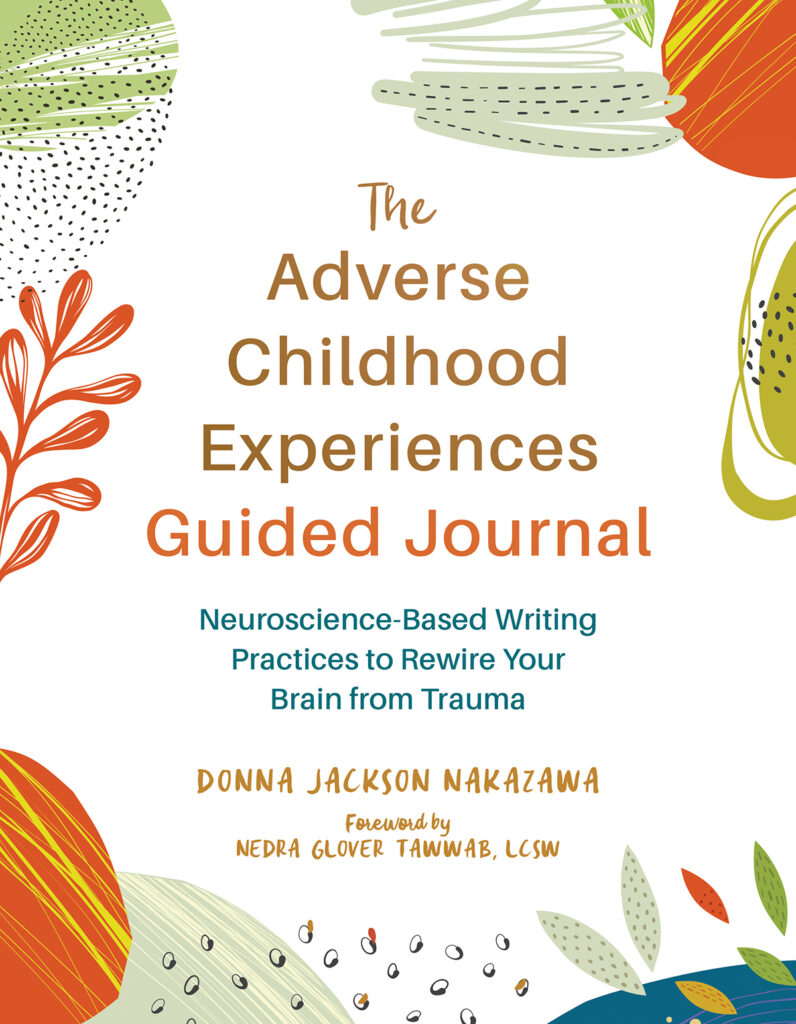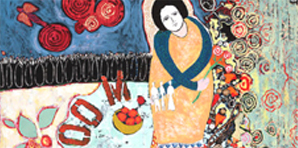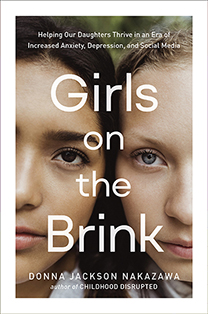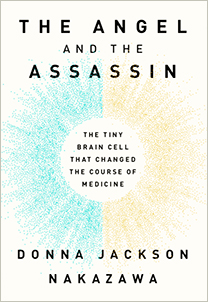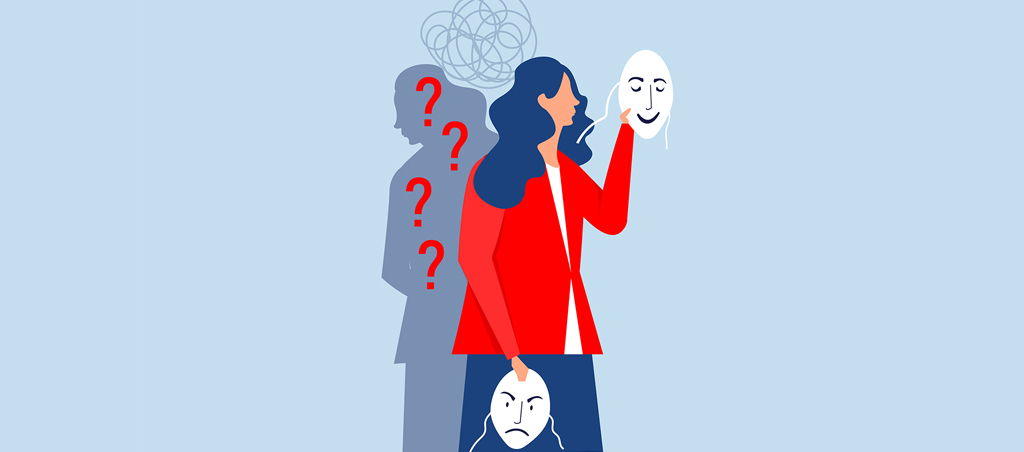I was just reading a lovely novel, To The End of the Land, by David Grossman (finalist for the National Book Critics Circle award for fiction). And in it the main character quotes an obscure book by Nahum Gutman, called The Path of the Orange Peels, in which the main character says that every morning when he gets up and puts on his shoes he whistles excitedly, “because I am glad of the new day breaking.”
I couldn’t help but think of The Cane in my Closet. That’s not a book title. It’s a real cane, in my very real closet. I keep the cane, which has a bright red and pink and gold flower pattern on it, hanging amidst my clothes, so that every single morning when I hang up my bathrobe and pajamas, and pull out a big, comfy sweater to put on for another day of writing, my cane is right there. The Big Reminder.
Gone are the days when it rested every night beside my bed. But I still know the feel of its wooden handle against my palm. I still remember, very well, how I once used it everyday, everywhere, like a Fifth Limb. I remember the moment I got it, when the lovely nurse at Hopkins let me choose it from the array of canes she brought to my room, in a basket. “I think this one is so pretty!” she said. “And bright and happy! I’m so glad they are coming out with these nice patterns now.” And she smiled the sort of winning, willing smile that people smile at you when you are in a wheelchair. And I remember thinking, “Claire will like this one.” (Claire, my daughter, was six at the time.) And I remember thinking how Christian, ten at the time, would like the way you could press a button on the side of the cane, and the whole cane retracted into one small cane you could fit in a travel bag. Like a Jedi sword. Big when you needed it. Small when you didn’t.
And I remember the day my physical therapist whisked my cane away. The day he challenged me, after six months of relying on it, to take a few steps without it. How he spotted me on the back lawn, where each small grassy bump or acorn loomed as a cataclysmic obstacle to my balance. I remember telling him I couldn’t do it, I just couldn’t walk without my cane, and his saying “I think you can.” Right before he took my cane away.
And my crying and putting one foot out, arms spread wide for balance as if the ground were a tightrope. Taking three whole steps before he had to catch me. And how I promised myself, looking at the new grass coming alive that spring, the birds hopping from one fence post to the next, as our Golden Retreiver, Cody, chased the squirrels racing along the fence rails, that I was going to bring life back into my cold, blue legs again. I was going to walk without my cane. Come back to life. Full life.
And so when I read that line in David Grossman’s novel, about the character who puts on his shoes and whistles excitedly, “because [he is] glad of the new day breaking,” the image of my cane came immediately to my mind. How every day when I get up and I see it hanging there, between my bathrobe and my sweaters, I think, “I am glad of a new day, I’m glad to be here, I’m glad to be walking around on my own two legs.”
And there is something else. It’s a little bit harder to explain. I am also glad to feel glad. Not because my life is perfect. Not because I always feel great. Goodness knows, my own two legs still have some hard days. But because I have learned how to feel gladness spread through me, like a smile rushing upward from my toes. And that I feel this, every day. For that one small moment. Before the bustle and hurry and stress of another busy family and work day begins. I feel glad of the new day breaking. I feel glad of Full Life.
I didn’t get here, to a place where gladness wells up, so quickly. Or easily. I had help along the way. Profound help. Life-changing help. I write about that in The Last Best Cure. And I’m grateful, and glad, to be able (in 28 days) to share that with you.
